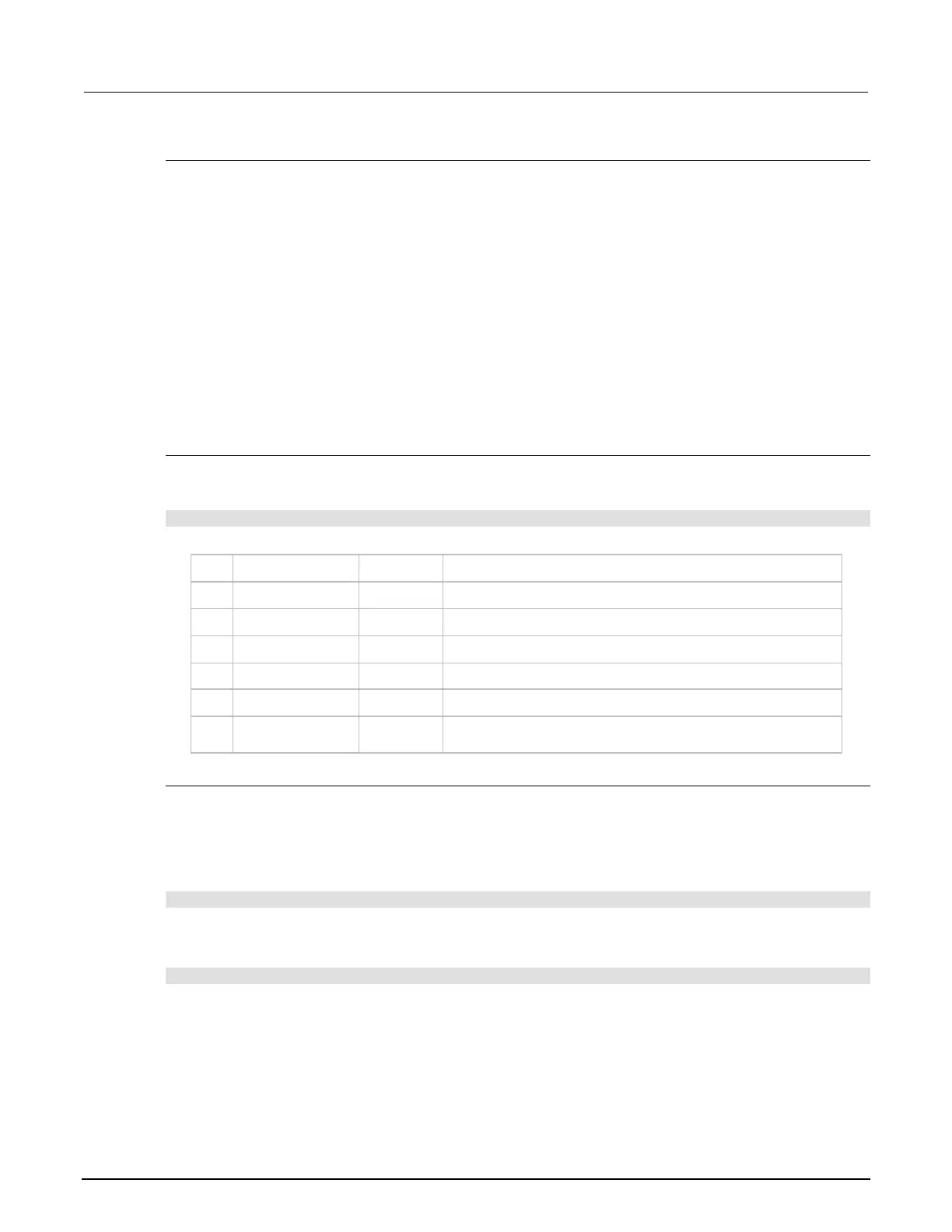Time and date values
Time and date values are represented as a number of UTC seconds since 12:00 a.m. Jan. 1, 1970.
The os.time() command returns values in this format. Use os.date() to return values in month,
day, year, hours, and minutes format, or to access the timestamp table. The only exception to this is
the use of the ptpseconds recall attribute, which has the seconds in PTP format.
Time and date values are represented as the number of seconds since some base. Representing
time as a number of seconds is referred to as “standard time format.” The three time bases used for
the Series 3700A are:
• UTC 12:00 am Jan 1, 1970. Some examples of UTC time are reading buffer seconds, adjustment
dates, and the value returned by os.time().
• Instrument on. References time to when the instrument was turned on. The value returned by
os.clock() is referenced to the turn-on time.
• Event. Time referenced to an event, such as the first reading stored in a reading buffer.
Buffer status
The buffer reading status attribute can include the status information as a numeric value shown in the
following table. To access status information, send the following command:
stat_info = readingbuffer.statuses[2]
Dynamically allocated buffers
RAM reading buffers are created and dynamically allocated with the dmm.makebuffer(N)
command, where N is the maximum number of readings the buffer can store.
Example 1
To allocate a buffer named mybuffer that can store 100 readings:
mybuffer = dmm.makebuffer(100)
Example 2
To delete an allocated buffer named mybuffer:
mybuffer = nil

